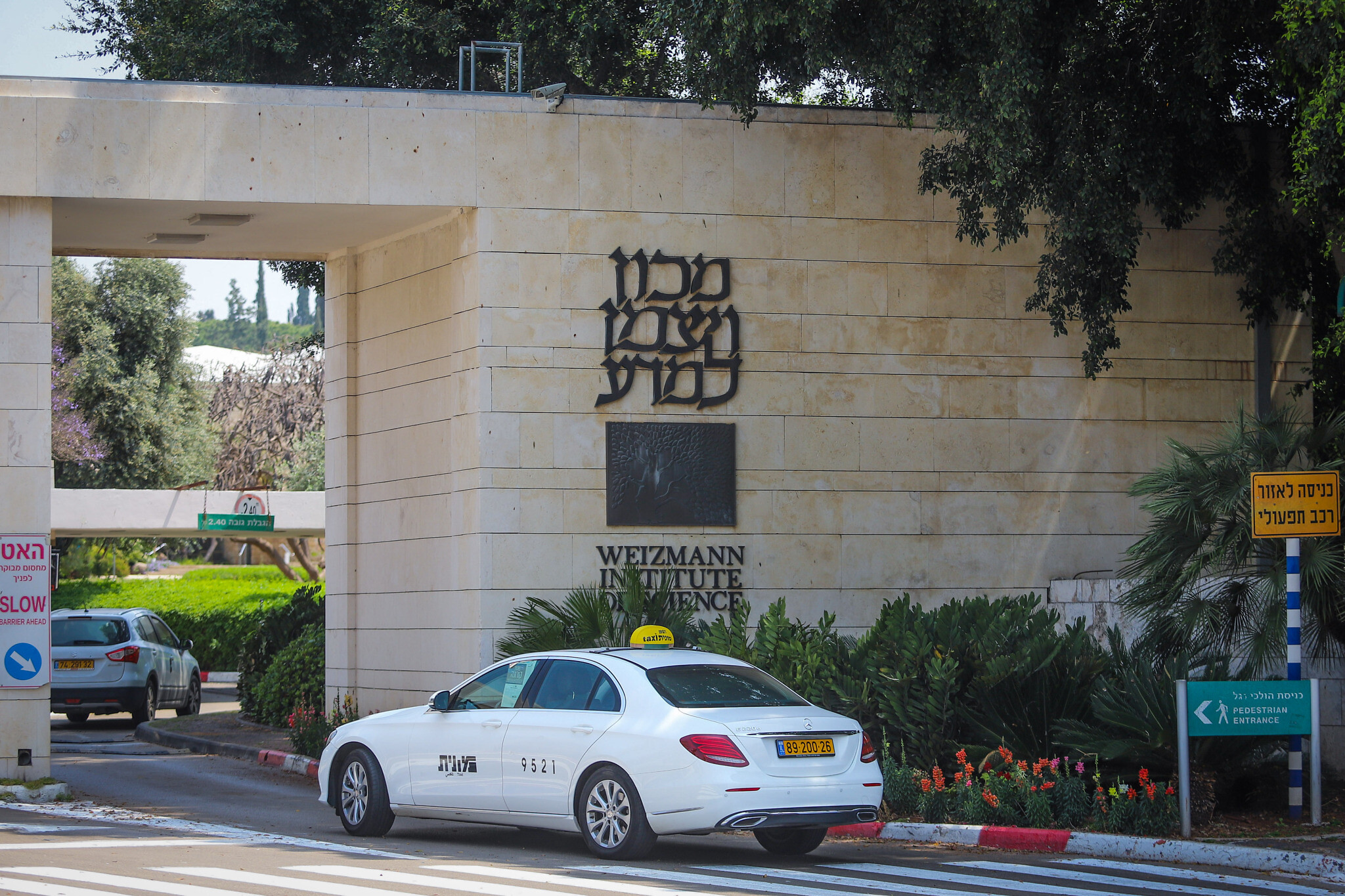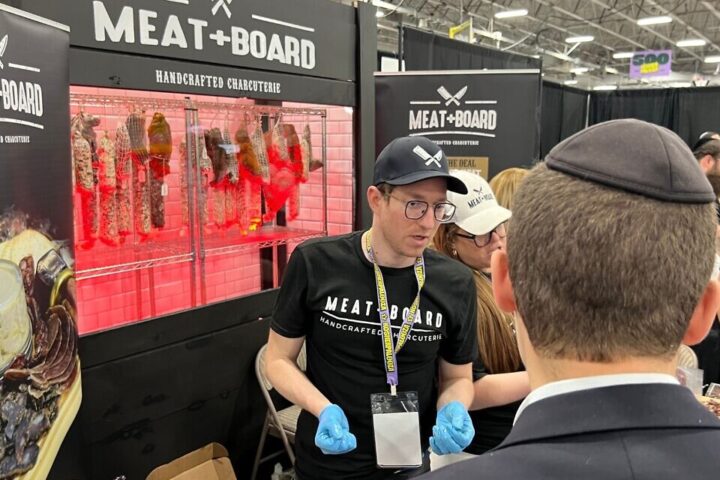AP — Scientists have created embryo models to help study the mysteries of early human development, the medical problems that happen before birth, and why many pregnancies fail.
These models are made from stem cells, not egg and sperm, and can’t grow into babies.
“They’re complete enough to give you a picture of what may be happening in the embryo during pregnancy, but they’re not so complete that you could actually use them for reproduction,” said Insoo Hyun, an ethicist and director of life sciences at Boston’s Museum of Science. “It just will not work.”
Using models avoids the controversy of using real embryos in research, he said.
Several groups are working on the research. Teams with researchers from the United States and England shared their work in two studies published Tuesday in the journal Nature. Other scientists in Israel and China published studies on their work earlier this month that have not yet been reviewed by peers.
While previous models mimicked pre-embryos, Hyun said the latest ones model an embryo after it has implanted in the uterus. Real human embryos can be extremely hard to see at that stage because they burrow into the uterus. Each team’s models vary in the techniques used and how complete they are, he said, with some mirroring not just the embryo but the very beginnings of the placenta and yolk sac, too.
For these types of models, scientists use a kind of stem cell that is capable of developing into many different types of cells or tissues in the body. They can be from embryos or reprogrammed from adult tissues.
The authors of one Nature paper described models that resemble human embryos nine to 14 days after fertilization.
“If we can experimentally model this period, then we can finally start asking questions about how human development happens in those very early stages that are normally hidden within the body of the mother,” said author Berna Sozen, who studies developmental stem cell biology at Yale University.
Scientists will also be able to study embryonic failure, developmental disorders and pregnancy loss, Sozen said. At this point, we don’t understand how it goes awry, she said.
In the other Nature paper, Magdalena Zernicka-Goetz, an expert in stem cell biology at the California Institute of Technology and the University of Cambridge in England, and colleagues said their model mirrors development up to 14 days from fertilization. That model contains embryonic tissues and tissues that can go on to produce structures surrounding the embryo such as the placenta and yolk sac.
Jacob Hanna of the Weizmann Institute of Science in Israel, an author of a yet-to-be-reviewed paper, said in an email that his group’s model also mirrors human embryo development up to day 14 after fertilization. He said the structures include all embryonic membranes as well as membranes outside the embryo.
Both Hanna and Zernicka-Goetz previously helped create mouse embryo models.
Down the road, Zernicka-Goetz said human embryo models could be used to explore the effects of the environment and chemicals on early development. They could even be used to generate tissues used in new medical treatments, she said.
Sozen also envisions testing drugs on embryo models and exposing them to germs – experiments that can’t be done on people who are pregnant.
Guidelines from the International Society for Stem Cell Research say scientists cannot put any human embryo model into either a human or non-human uterus. For decades, the society had a related “14-day rule” that guided researchers on how long actual embryos can be grown in the lab — which the group recommended relaxing under limited circumstances in 2021. But because the models are not embryos, they’re not subject to the rule.
Experts said some in the public have the wrong idea about these models, believing they might be able to create pregnancies. But scientific hurdles prevent this. For example, they don’t develop a proper placenta. Even in the future, as the field progresses, there are ways to guard against bad actors who may want to try and create pregnancies from embryo models, said Hyun, who is also a member of Harvard Medical School’s Center for Bioethics.
The ethical reason for not making them complete, he said, is that “the whole point of these models is to avoid the embryo controversy.”














